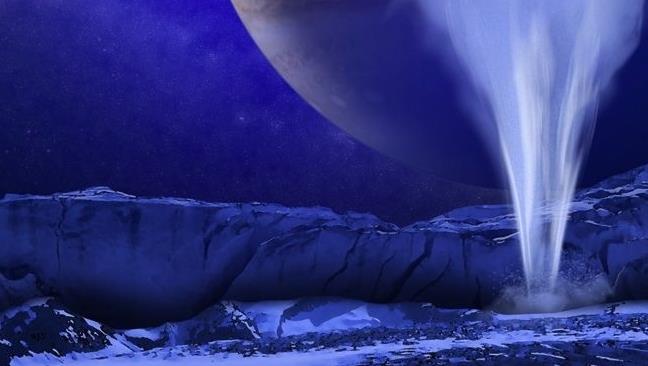Past and future exploration of the icy moons of the Solar System
Martedì 24 novembre alle ore 15:00, Federico Tosi dell'Istituto Nazionale di Astrofisica – Istituto di Astrofisica e Planetologia Spaziali (INAF-IAPS), terrà il Colloquio di Fisica dal titolo "Past and future exploration of the icy moons of the Solar System".
Abstract
In our Solar System there are 205 known natural satellites orbiting within 6 planetary satellite systems. Most satellites revolve around the gas giants Jupiter and Saturn, and the ice giants Uranus and Neptune. Moving away from the Sun, beyond the “snow line” where surface temperatures drop below 150 K or -123°C, the chemical composition of the planetary moons is dominated by water ice, which is stable over geologic timescales. However, not all of the icy moons are just dead and cratered worlds. Close robotic exploration carried out over the last decades revealed that on some icy moons had occurred, or even still occurs, geologic activity. Underneath their visible surface, some moons host substantial liquid layers (“oceans”) mixed with biogenic elements, which provides a potentially suitable habitat for the development of elementary life forms.
In this seminar we give a description of some remarkable icy satellites of our Solar System, providing a rationale for their astrobiological potential as it results from previous or ongoing investigations. We clarify what the diagnostic evidences of a potential habitat are, and we show what scientific goals are expected to be achieved on these icy worlds through a targeted exploration carried out by future space exploration.
Per partecipare al Colloquio cliccare sul seguente Link identifier #identifier__89598-1Link
Link identifier #identifier__51035-2Locandina



